Matt Goulding doesn’t do things by halves, and his recent James Beard award for Dining and Travel writing — specifically for his piece dubbed “Slice of Tokyo: How Japan Became a Pizza Hotspot”, for Airbnb Magazine — attests to this.
The grand tortellini debate or Don’t mess with the Nonna!
by Edoardo Celadon
There’s likely no country in the world that has exported its cuisine better than Italy. To be honest, we Italians usually consider this fame a double edged sword; on one hand the expertise and the selection of products on which our country prides itself and on the other continued confusion around names and recipes.
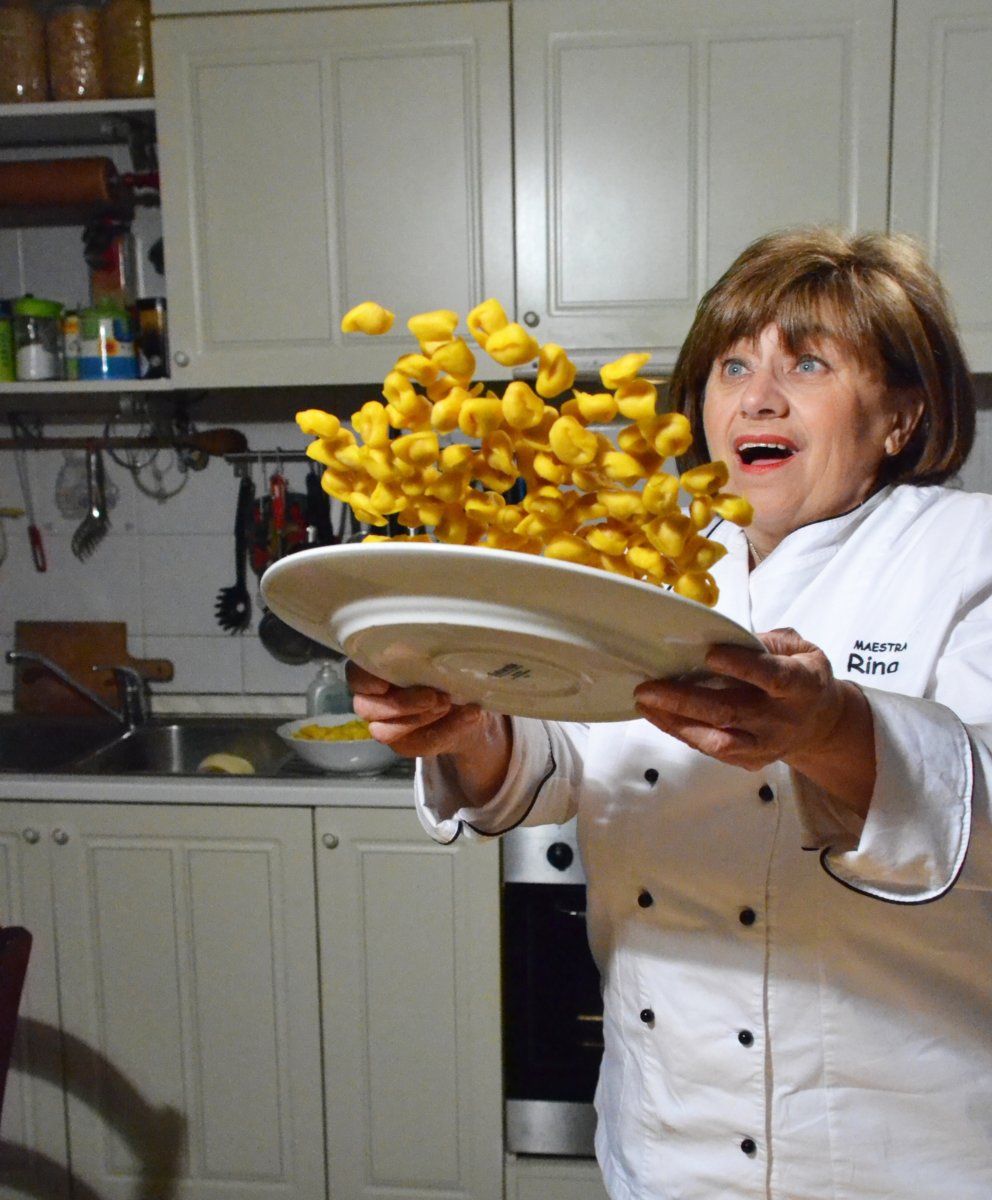
Hundreds (or maybe more) of different shapes of pasta are created every day with different names and recipes depending on the region, the city, the family or even the specific generation of the family from which they are conceived.
Things get even more complex when it comes to fresh-stuffed pasta: it takes more time to cook, you need more ingredients, more memory and many specific kitchen utensils… coffee anyone?
Trying to canonize recipes is harder than booking a table at Sushi Saito at one day’s notice.
The truth is that, when it comes to cooking tortellini (usually over the Christmas holidays), Italian grandmothers prepare them in the thousands, relying simply on their eyes, heart and palate.
Let’s start by briefly attempting to introduce the subject in a few effective lines, but first it is mandatory to say that trying to canonize recipes is harder than booking a table at Sushi Saito (3 Michelin starred sushi restaurant in Tokyo) at one day’s notice.
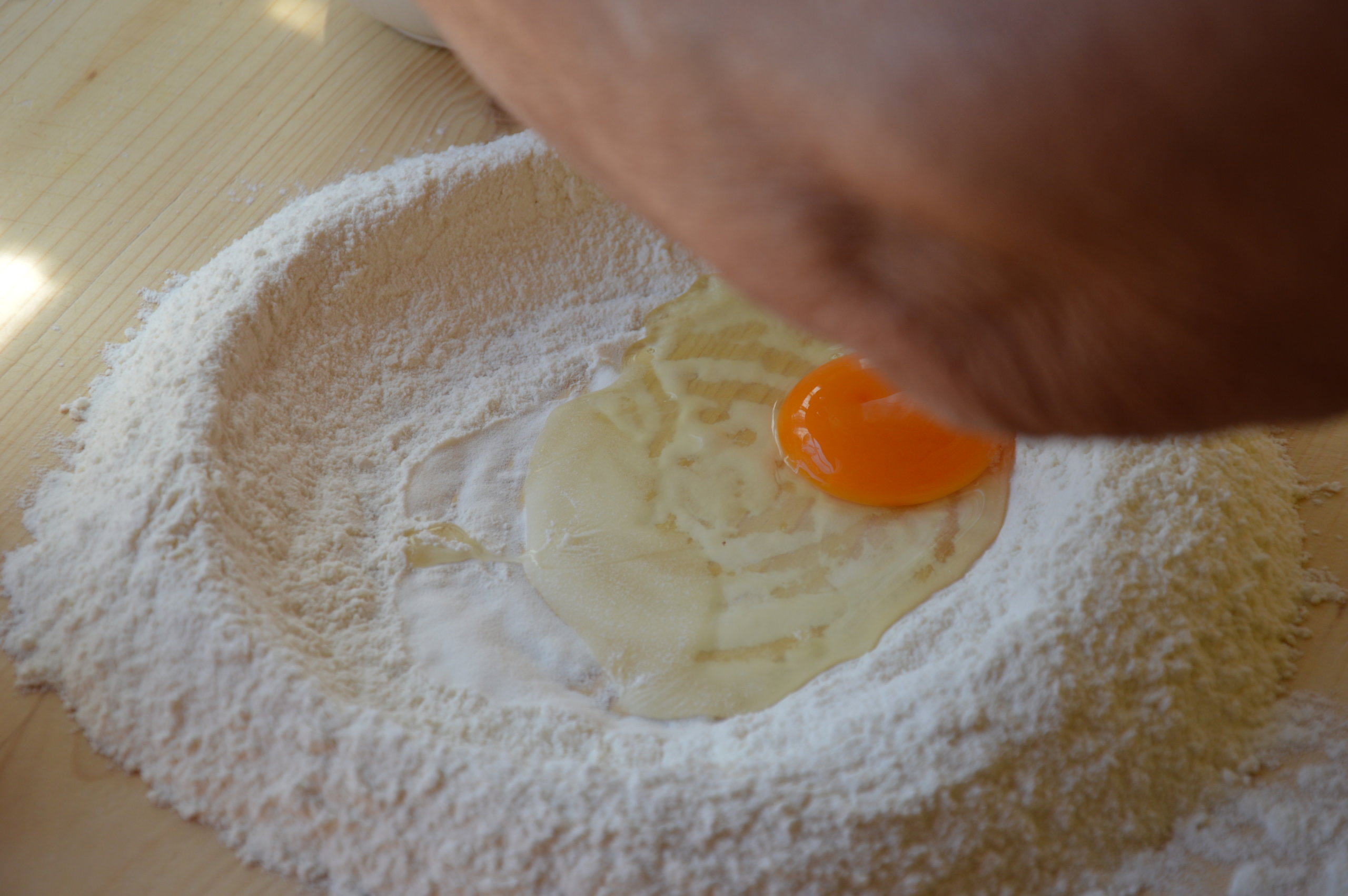
Despite the lack of particular evidence, some boring history brings us back to 1100-1200 A.D. According to certain historians, it is said that, during their big Christmas meals, Bolognese upper classes and members of the clergy ate Turtellorum: stuffed pasta served in a bowl with capon stock. This is probably the very first culinary example of this kind.
The legend about Venus’ belly button told in Giuseppe Ceri’s poem is obviously more fascinating, but at the same time drastically less realistic (anyway, never say never). In the poem, it is said that, after one of the bloody battles between two arch rivals, Bologna and Modena, the gods Baccus, Mars and Venus were resting at one of the Castelfranco Emilia locandas (a sort of hostel which provides both bed and board). On that occasion, the locandiere (host of the locanda), who was extremely fascinated by Venus’ body, decided to reproduce the shape of her belly button with some rolled pasta dough. That is how our famous tortellini was born. By choosing a neutral location, the poem tried to calm the battles between Bologna and Modena—always been fighting for the birthplace of tortellini—but this has had little impact so far; while new recipes continue to sprout like mushrooms.
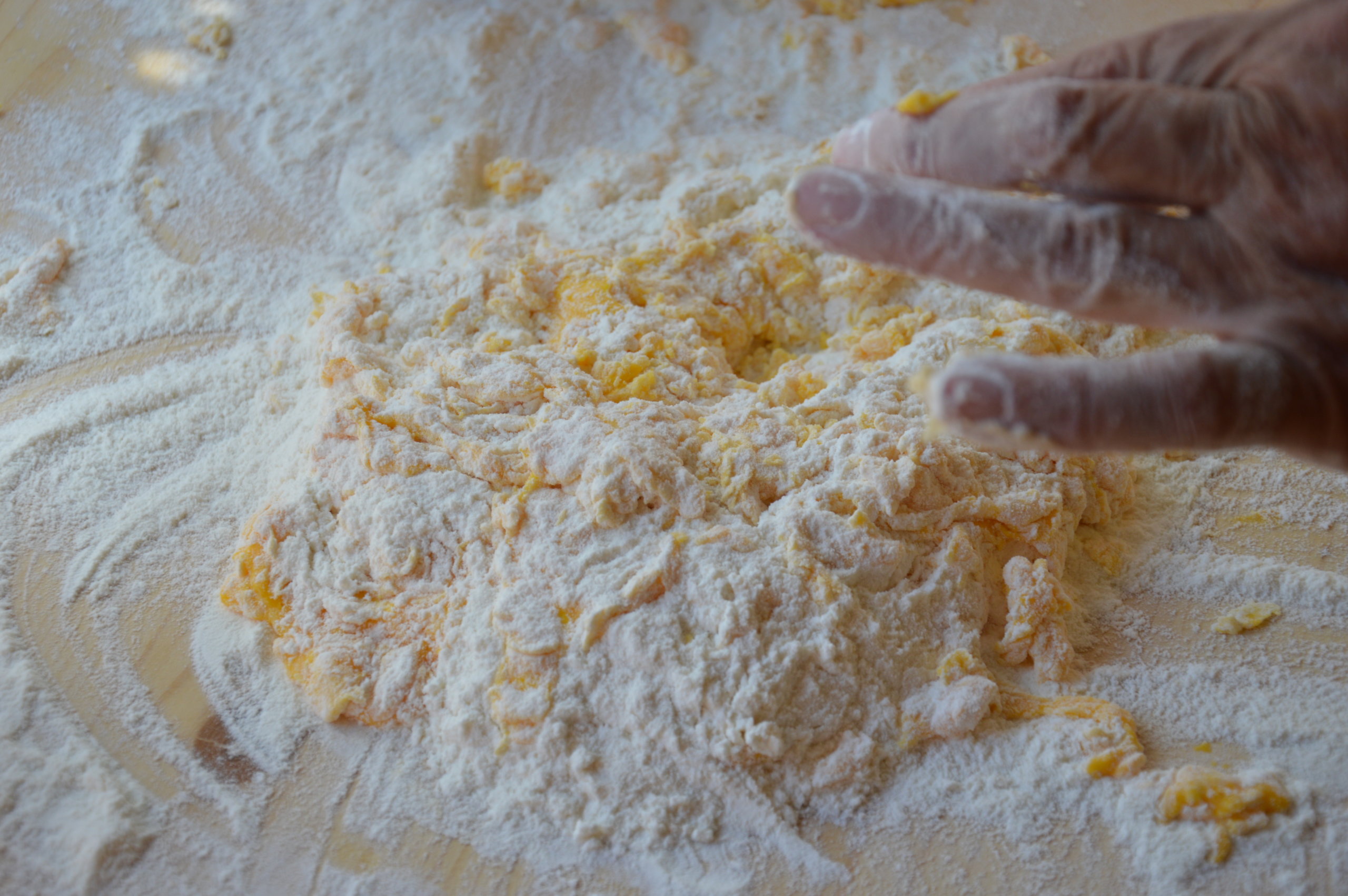
Le Nonna is a big part of any discussion around artisanal handicraft and hand-made food in general; nonnas dedicate their life to others, serving people delicious food straight from their heart.
Beyond debates about the origins, at the heart and helm of tortellini is le Nonna, a quintessential part of Italian cuisine. If you ask an Italian who makes the best food, he will certainly say that it’s his grandmother. Le Nonna is a big part of any discussion around artisanal handicraft and hand-made food in general; nonnas dedicate their life to others, serving people delicious food straight from their heart. So I felt it necessary to meet a very special nonna (yes, I know every nonna is special) and ask her about tortellini.
It was a pleasure and privilege to spend an afternoon eating and speaking with Rina Poletti. I wish you all could have been there with me when she prepared our lunch. Rina’s holiday retreat feels like a sort of paradise: it’s sunny, literally on the beach and surrounded by nature. Uh, and of course, the air smells like Ragù!
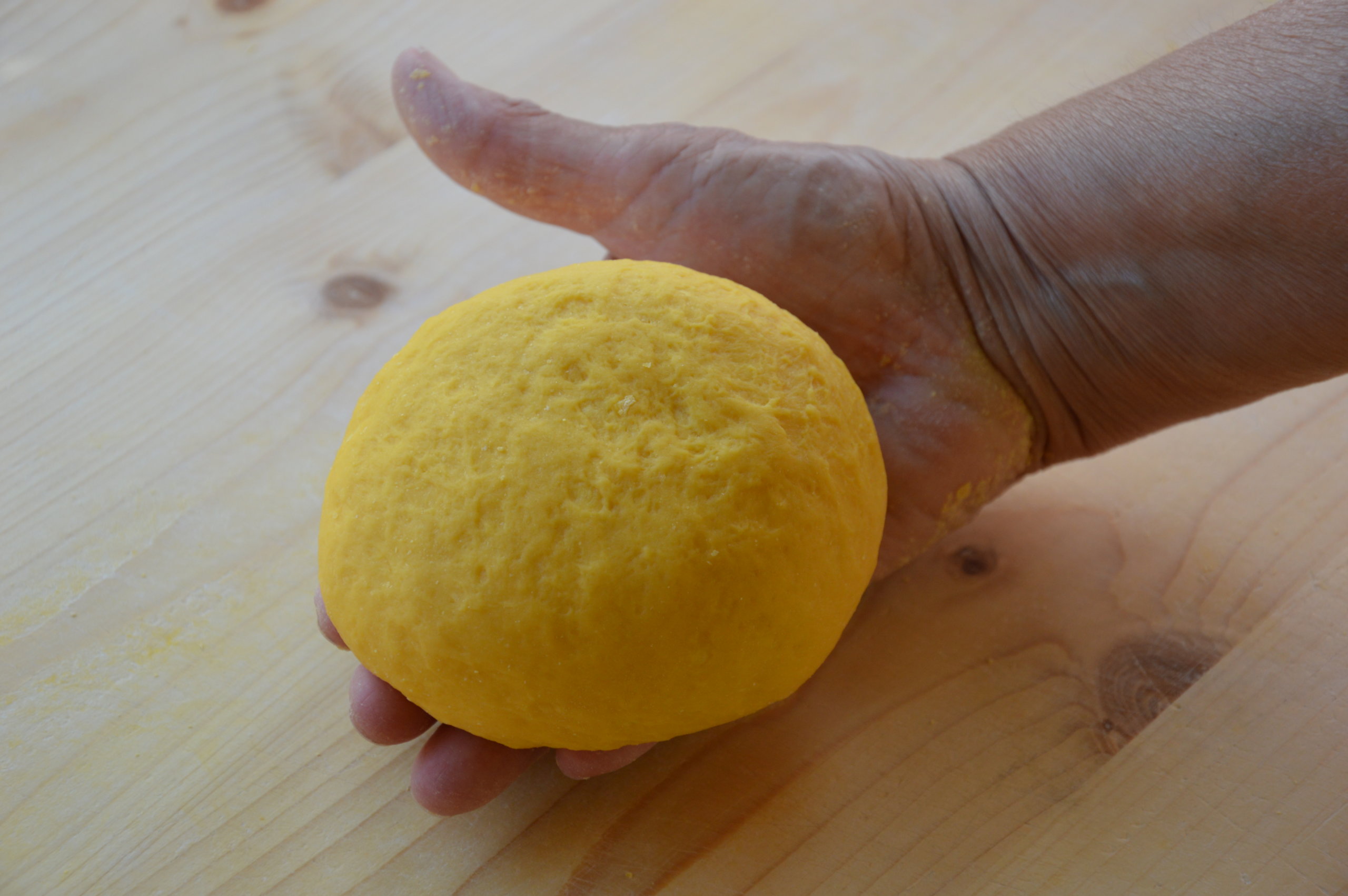
Rina showed me how to prepare a proper Sfoglia, the typical egg handmade pasta from Emilia, which she masters perfectly. We prepare Tagliatelle, Tortellini, Garganelli watching her at work is impressive, emotional, and mouthwatering.
Right before lunch we took some time for an aperitivo and a chat. She tells me her love of cooking began by chance, but now it has become a life-long love affair.
Sfoglia, of course, is her favorite food. Rina eats pasta once every day, and always hand-home-made. Sfoglia is not just handmade egg pasta, it has rules you must study. Her “must-haves” are Tagliatelle al Ragù and Tortellini in Brodo.
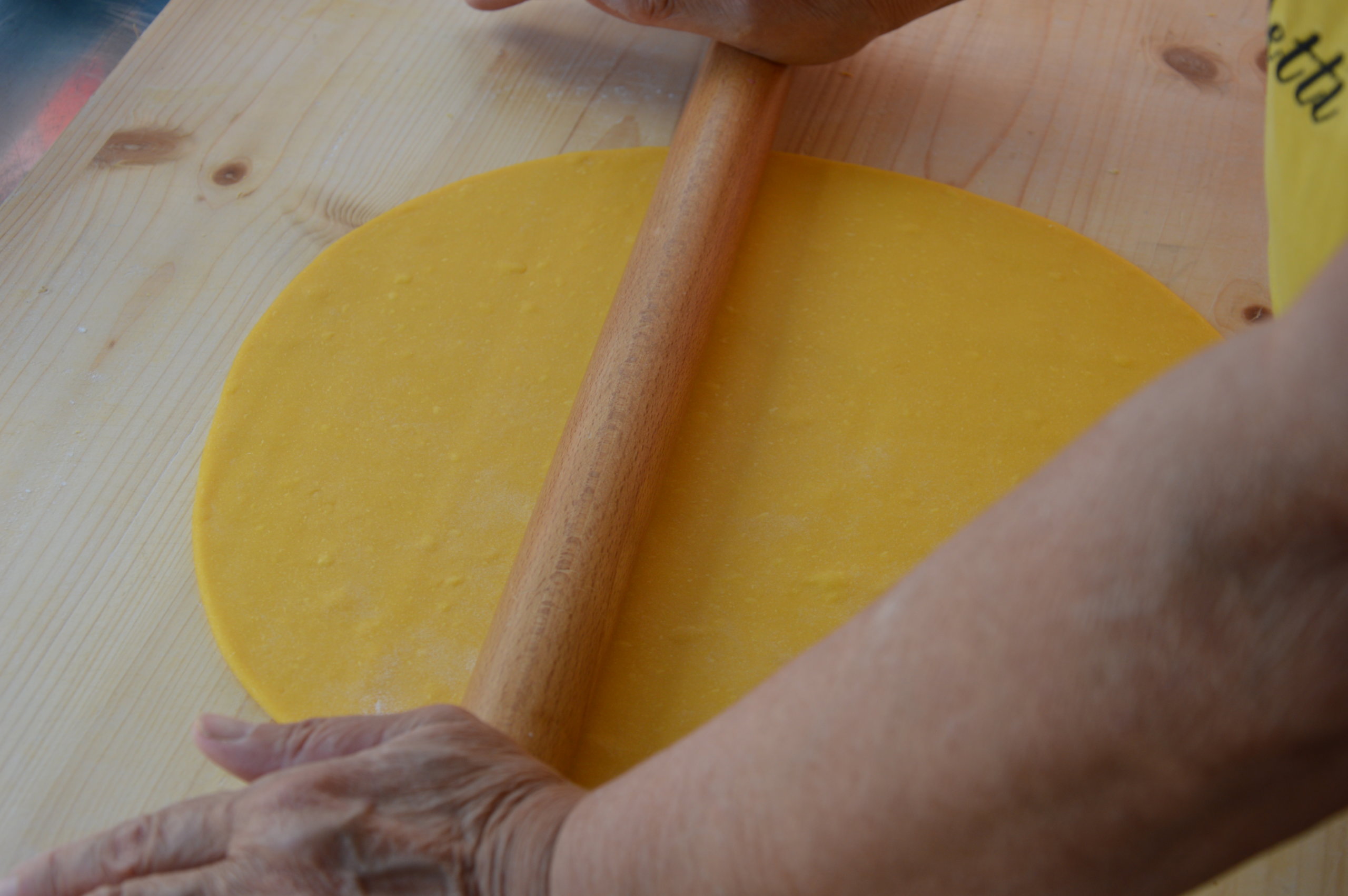
Italian cuisine is about simplicity and quality. It’s about opening the fridge and creating a meal for a family out of some leftovers, and thinking about people you’re cooking for.
Italian cuisine is about simplicity and quality. It’s about opening the fridge and creating a meal for a family out of some leftovers, and thinking about people you’re cooking for. It is the power of feeling human, of feeling part of a group that accepts you.
Every time a new person was invited to Rina’s childhood house, her mother was always cooking Tagliatelle al Ragù, and offering it with a sentence: “Today I cooked you Tagliatelle, next time Tortellini”.
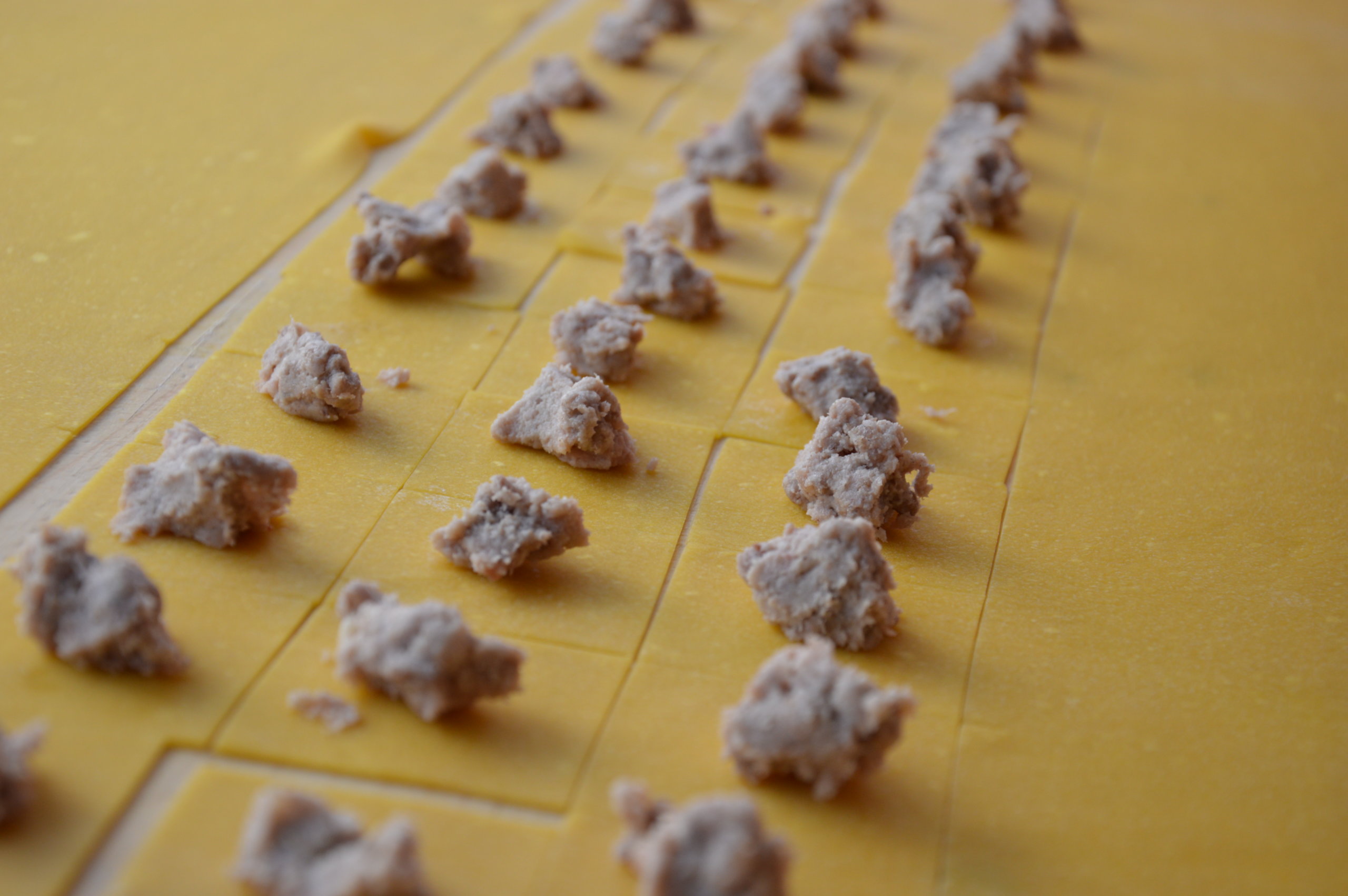
For her it was the symbol of linked souls, a sort of unifying thread. And indeed, pasta is more important than it may seem. She tells me a story about two friends. It gives me goosebumps. A couple, a housewife and an office worker.
Their marriage was in crisis, the wife wasn’t being loving and the husband had started to eat elsewhere. “So one day I prepared some Tagliatelle, which I gave her, and I suggested that she call her husband saying that there was a surprise for him,” Rina continues. The first time, wisely, the husband liked the pasta but didn’t believe his wife could make something like that. After some lessons, the wife began to prepare fresh pasta on an almost daily basis. One day the husband came home earlier, spotting his wife and the kids preparing Tagliatelle and he finally understood the love his wife had for him and their family.
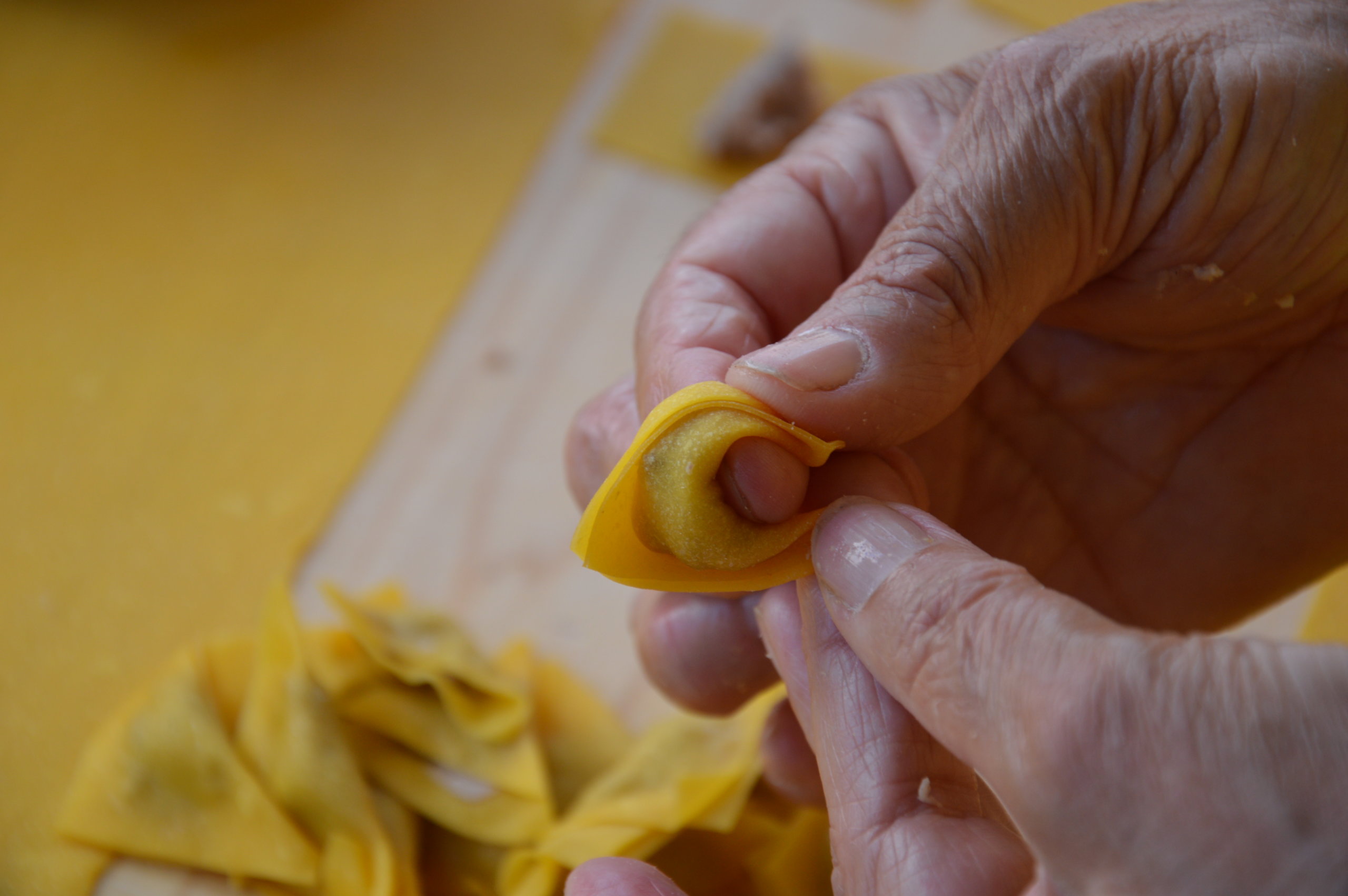
That’s how a “Simple” pasta helped a couple discuss their problems and save the relationship.
The essence of Italy is indeed in home-cooking: there’s love, passion, dedication and curiosity; a combination that works. It’s time to eat.
The essence of Italy is indeed in home-cooking: there’s love, passion, dedication and curiosity; a combination that works.
“My version includes a very thin pasta made of whole eggs and 00 flour (ratio is 1egg per 100g circa), divided in 3.5cmx3.5cm squares, filled with a mix of cooked lean pork loin and lean minced beef, Prosciutto di Parma, Mortadella, Parmigiano Reggiano and nutmeg. I also add breadcrumbs, which I use to absorb the meat juices while it cooks.
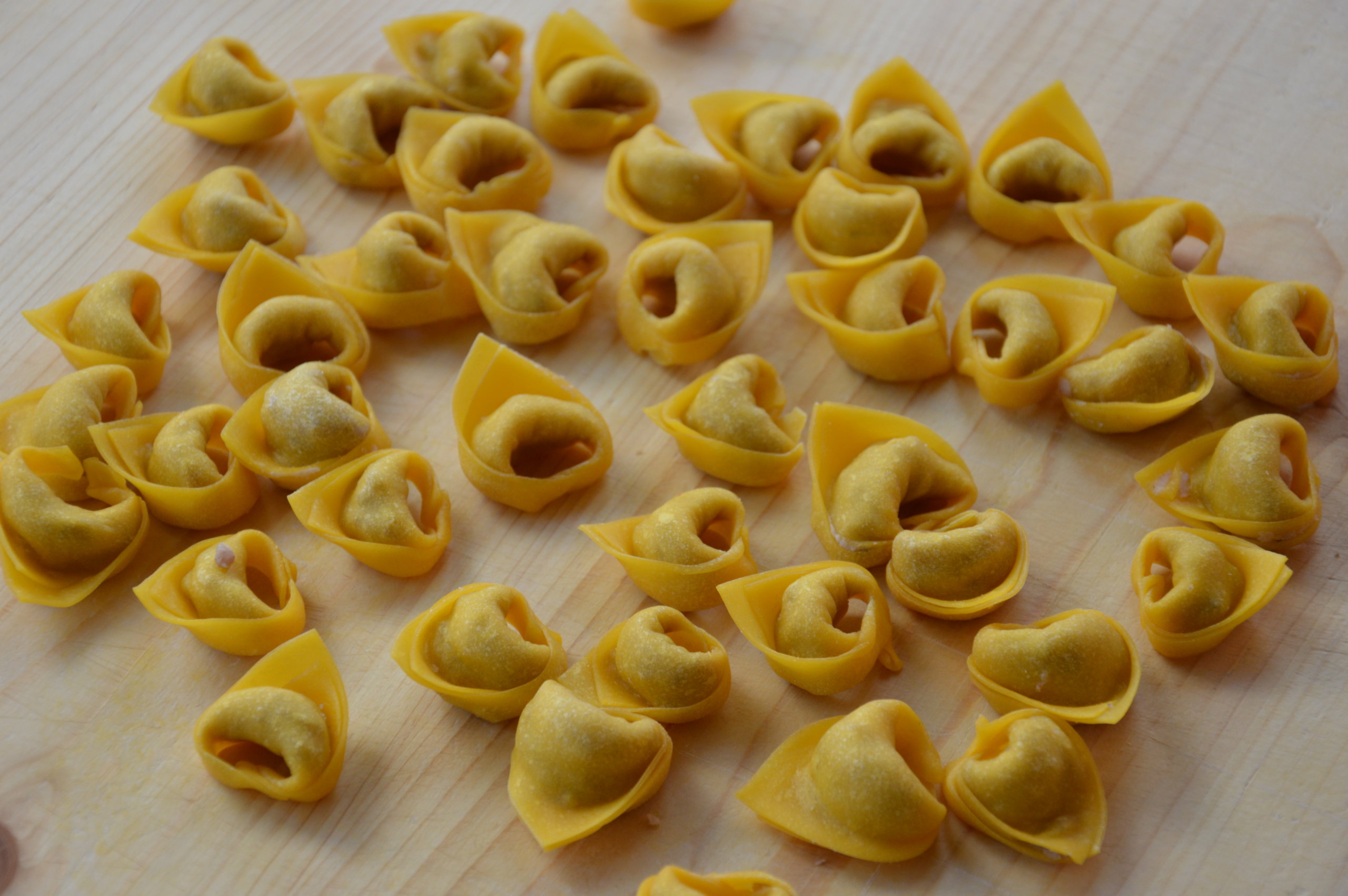
The filling is often proposed raw, but that’s not the most tasty way to have it.
Tortellini must be consumed in Brodo (broth) or with morning-fresh cream. In any case it must be cooked in the broth, one must never use water.
If you don’t have one of the ingredients it’s fine, don’t add anything unless it’s high quality”
Lunch is over, my belly is full and my soul even more.
Buon Appetito e Grazie.
